US Vice President JD Vance has defended his boss Donald Trump’s move to restart nuclear testing. Trump, who made the announcement during his recent Asia tour, indirectly blamed China and Russia for the decision.
“Because of other countries’ testing programmes, I have instructed the Department of War to start testing our Nuclear Weapons on an equal basis,” Trump wrote on social media. “That process will begin immediately.”
Interestingly, testing nuclear weapons was part of Project 2025, a policy document put together by ex-Trump advisors. Trump, who disavowed it while running, has now embraced Project 2025. The document said a “readiness to test nuclear weapons at the Nevada National Security Site [will] ensure the ability of the US to respond quickly to asymmetric technology surprises” under its list of reforms required.
But what did Vance say? Do nuclear weapons need to be tested?
What Vance said and what scientists say
Vance backed up Trump’s statement, saying it is important to know that the US nuclear arsenal ‘functions properly’. He said testing of the US nuclear arsenal would ensure this.
“It’s an important part of American national security to make sure that this nuclear arsenal we have actually functions properly, and that’s part of a testing regime," Vance told reporters at the White House. He said Trump’s statement “speaks for itself.”
However, nuclear testing is now a thing of the past. In 1994, America brought in the Stockpile Stewardship Programme (SSP) to replace the weapons being physically tested. This is done via scientific studies, surveillance, computing, non-nuclear experiments and simulations. These experiments live up to the terms of the Comprehensive Test Ban Treaty, which America signed in 1996 under Bill Clinton.
Scientists disagree with Vance. They say you don’t need nuclear tests for nukes anymore because powerful supercomputers can already conduct extremely accurate simulations. They say that the current system has proved incredibly successful – without having to detonate a single nuke.
Impact Shorts
More Shorts“In the decades since, we have relied on a science-based programme to ensure the safety and reliability of the nuclear weapons stockpile, including subcritical experiments and advanced computer simulation and modelling based on decades of study and data collected from past nuclear tests,” Jill Hruby, Administrator, National Nuclear Security Administration, said in 2023. “It is hard to overstate the success of this programme.”
Hruby called testing “expensive” and argued that the NNSA instead was successfully using that money to execute the Stockpile Stewardship Programme.
“I think that… nearly everyone would tell you that we know more about the basic physics of nuclear weapons today than we’ve ever known before as a result of our science-based Stockpile Stewardship Programme, not because of the test programme,” Hruby added.
Marvin Adams, deputy administrator for defence programmes at the National Nuclear Security Administration, said in December 2024, “If it’s based on purely technical considerations, we are confident that we can get the information we need staying subcritical.”
“We invested a lot in the design, the design of all these experiments. They’re all designed to stay subcritical. We know what we want out of them, and we’re confident we can get it.”
However, he said some words that have now proved prescient.
“From a technical point of view, personally, and I can say I’m a subject matter expert on this, I personally don’t see that [testing] needs to go super critical,” Adams added. “But, you know, I can’t say what the next administration will decide policy-wise.”
The NSSA in its most recent Stockpile Stewardship & Management Plans noted, “…the United States will sustain the stockpile without underground nuclear explosive testing across the laboratories, plants, and sites that comprise the nuclear security enterprise.”
Scientists say what you may need to test is weapons delivery systems, not the warheads themselves.
‘Regressive and irresponsible’
Trump’s statement came just prior to his meeting with China’s Xi Jinping. He also claimed that the United States has more nuclear weapons than any other country, which isn’t true.
The Stockholm International Peace Research Institute (SIPRI) estimates that Russia has 5,489 nuclear warheads, while the US has 5,177. China, meanwhile, has 600 nuclear warheads. The US conducted its previous nuclear test on 23 September 1992 at the famed Los Alamos facility in Nevada.
Trump’s words have left many alarmed.
Iran’s foreign minister called the statement “regressive and irresponsible” and a threat to international security. “A nuclear-armed bully is resuming testing of atomic weapons. The same bully has been demonising Iran’s peaceful nuclear programme,” Abbas Araghchi posted on social media.
Japanese atomic bomb survivors group Nihon Hidankyo sent a letter of protest to the US embassy in Japan on Friday. The directive “directly contradicts the efforts by nations around the world striving for a peaceful world without nuclear weapons and is utterly unacceptable,” the Nobel Peace Prize-winning group said in the letter.
The Kremlin questioned whether Trump was well-informed about Russia’s military activities. The recent weapons drills “cannot in any way be interpreted as a nuclear test,” spokesman Dmitry Peskov told journalists. “We hope that the information was conveyed correctly to President Trump.”
Peskov then implied that Russia would conduct its own live warhead tests if Trump did it first. Chinese foreign ministry spokesman Guo Jiakun urged the United States to “earnestly abide” by a global nuclear testing ban.
The nuclear era
The nuclear age began with the United States in July 1945 testing a 20-kiloton atomic bomb at Alamogordo, New Mexico, Washington and then dropped atomic bombs on the Japanese cities of Hiroshima and Nagasaki in August 1945 to force Japan to surrender in World War Two.
The Soviet Union shocked the West by detonating its first nuclear bomb just four years later, in August 1949.
In the five decades between 1945 and the 1996 Comprehensive Nuclear Test-Ban Treaty (CTBT), over 2,000 nuclear tests were carried out, 1,032 of them by the United States and 715 of them by the Soviet Union, according to the United Nations.
Britain carried out 45 tests, France 210 and China 45. Since the CTBT, 10 nuclear tests have taken place. India conducted two in 1998, Pakistan also two in 1998, and North Korea conducted tests in 2006, 2009, 2013, 2016 (twice) and 2017, according to the United Nations.
The United States last tested in 1992, China and France in 1996 and the Soviet Union in 1990. Russia, which inherited most of the Soviet nuclear arsenal, has never done so.
Russia held nuclear drills last week and has tested a nuclear-powered cruise missile and a nuclear-powered torpedo but has not tested a nuclear warhead.
Though the US became a signatory to the CTBT under Clinton in 1996, it has not ratified it. The US remains the only country to have ever detonated a nuclear weapon during war.
With inputs from agencies


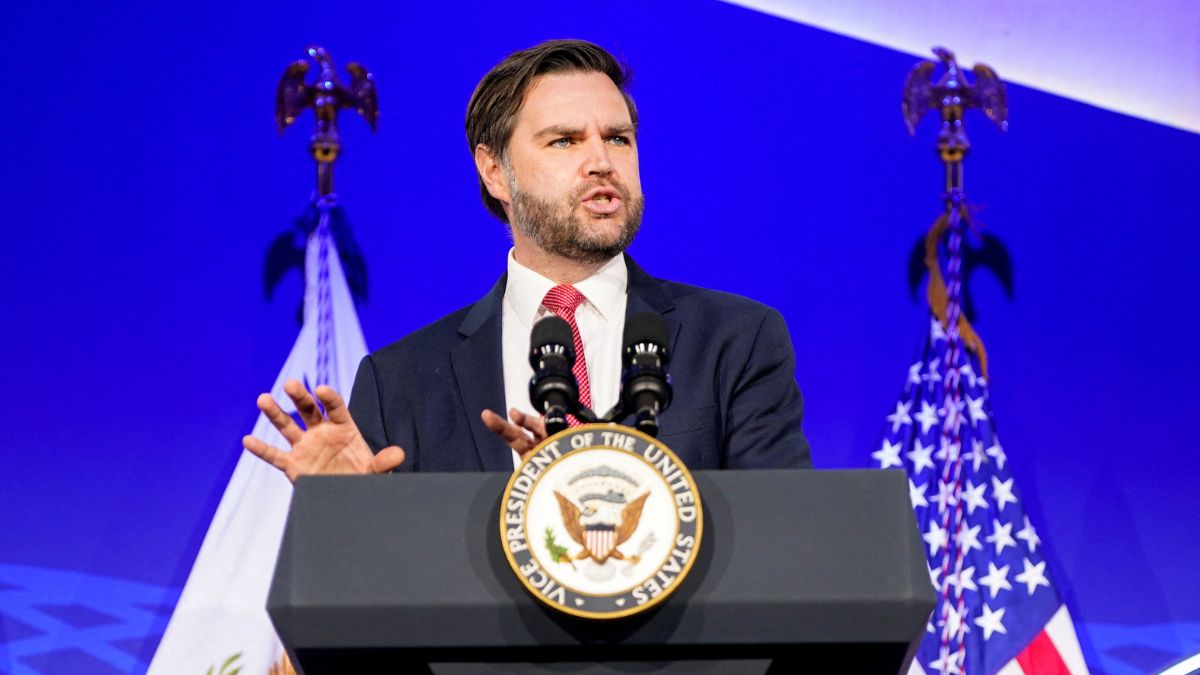)
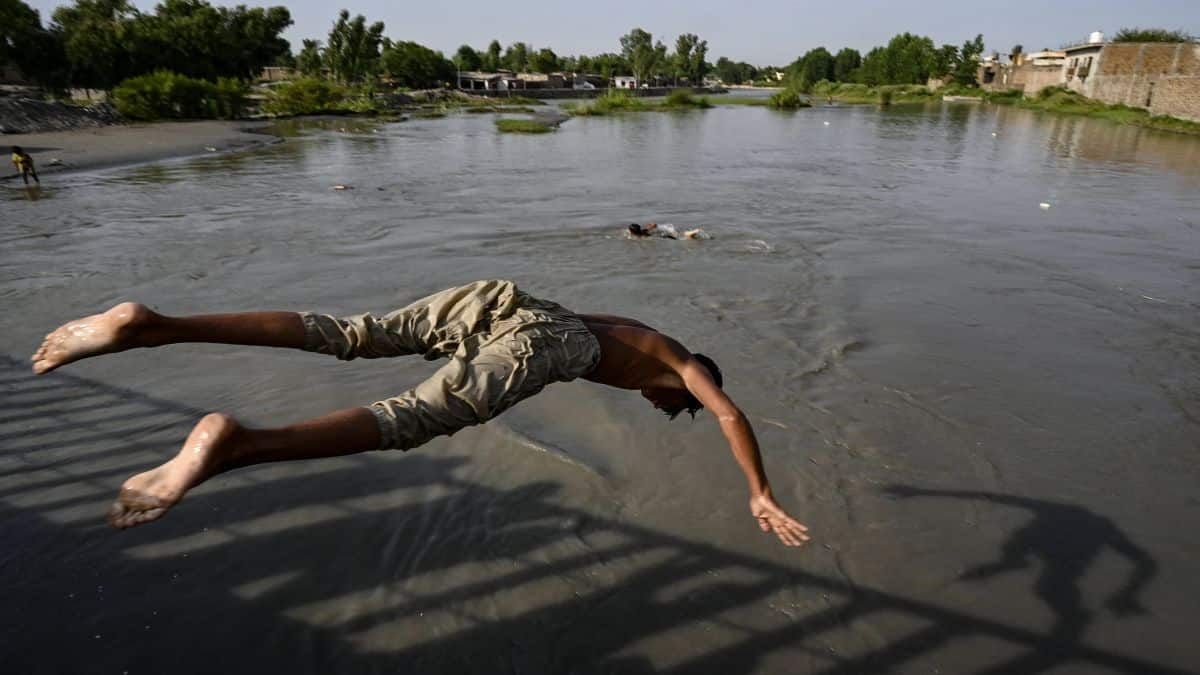
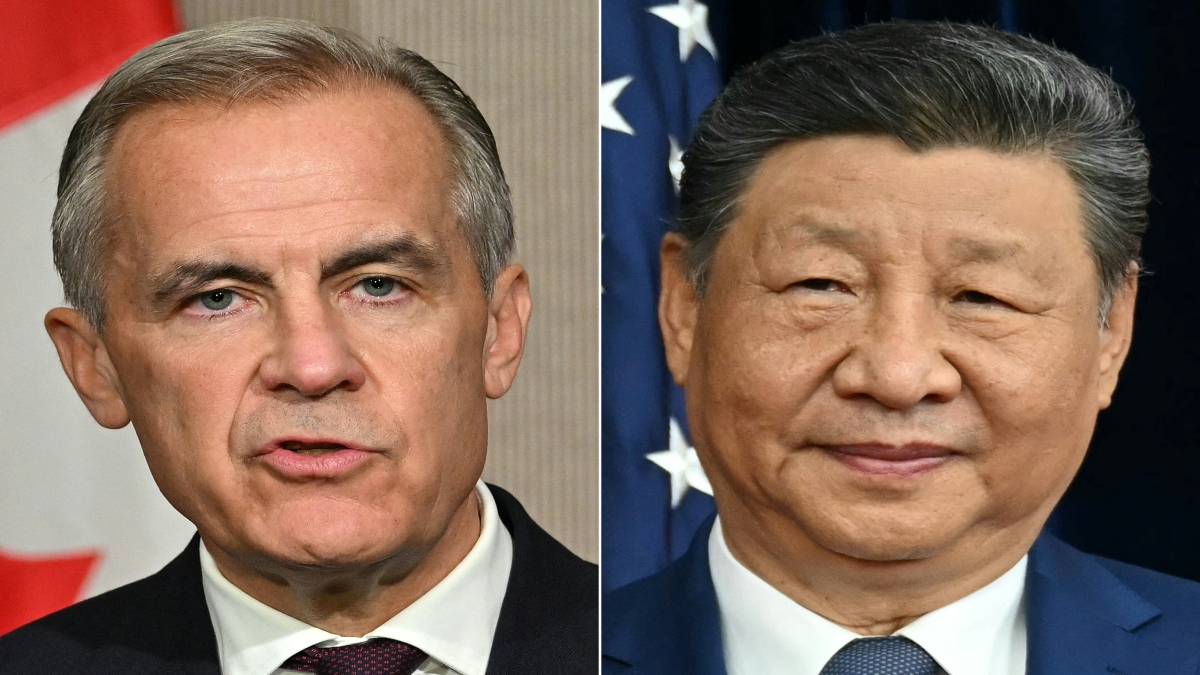)
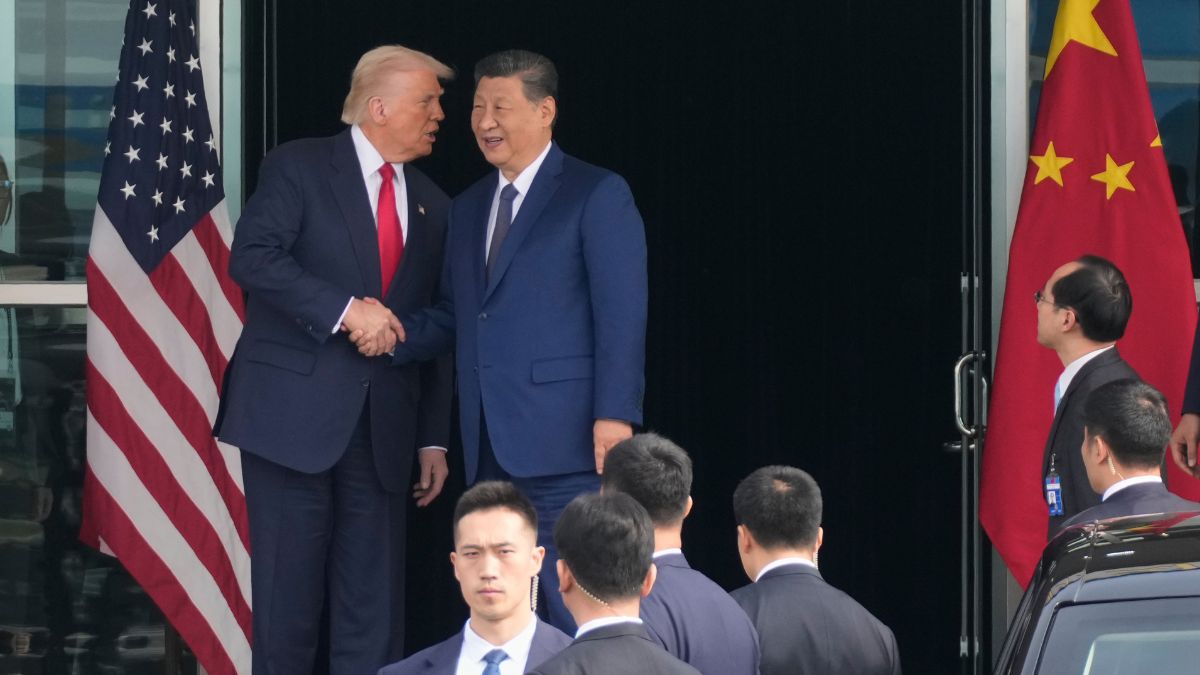)
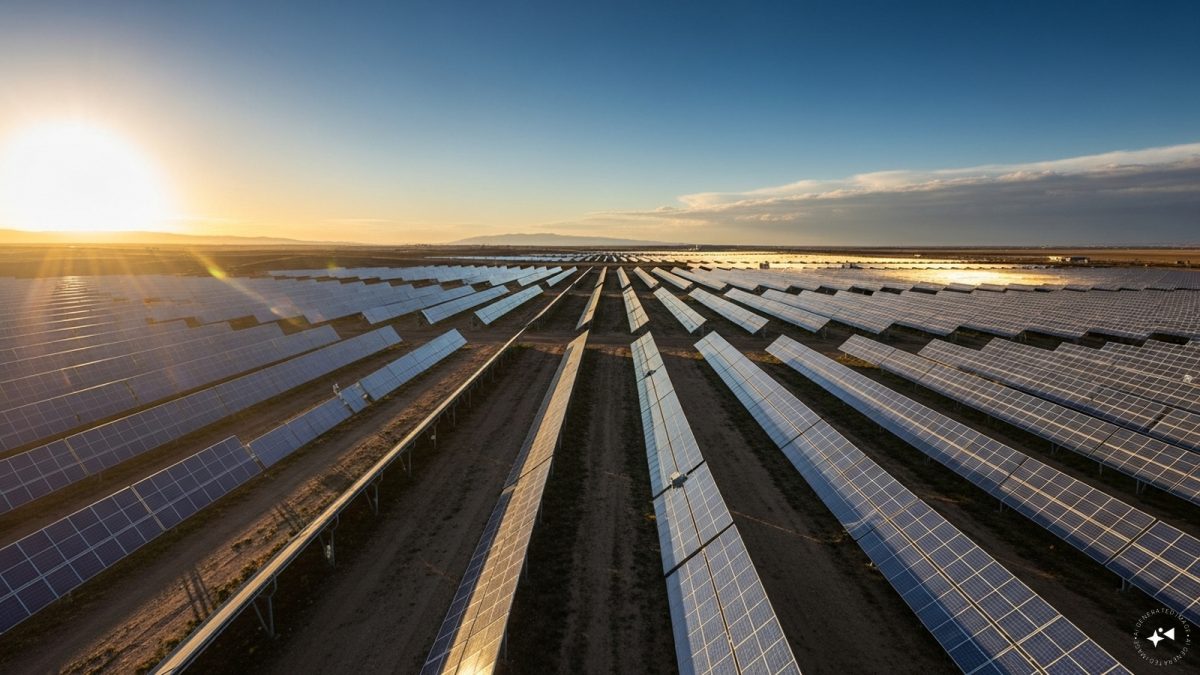)
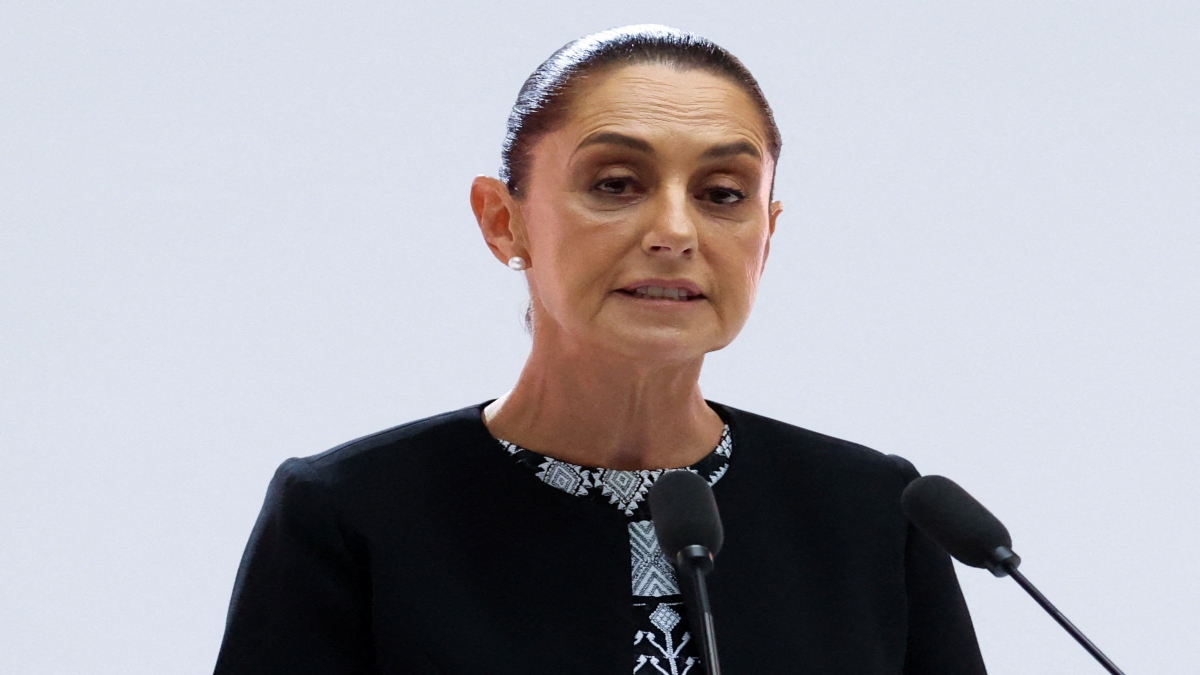)
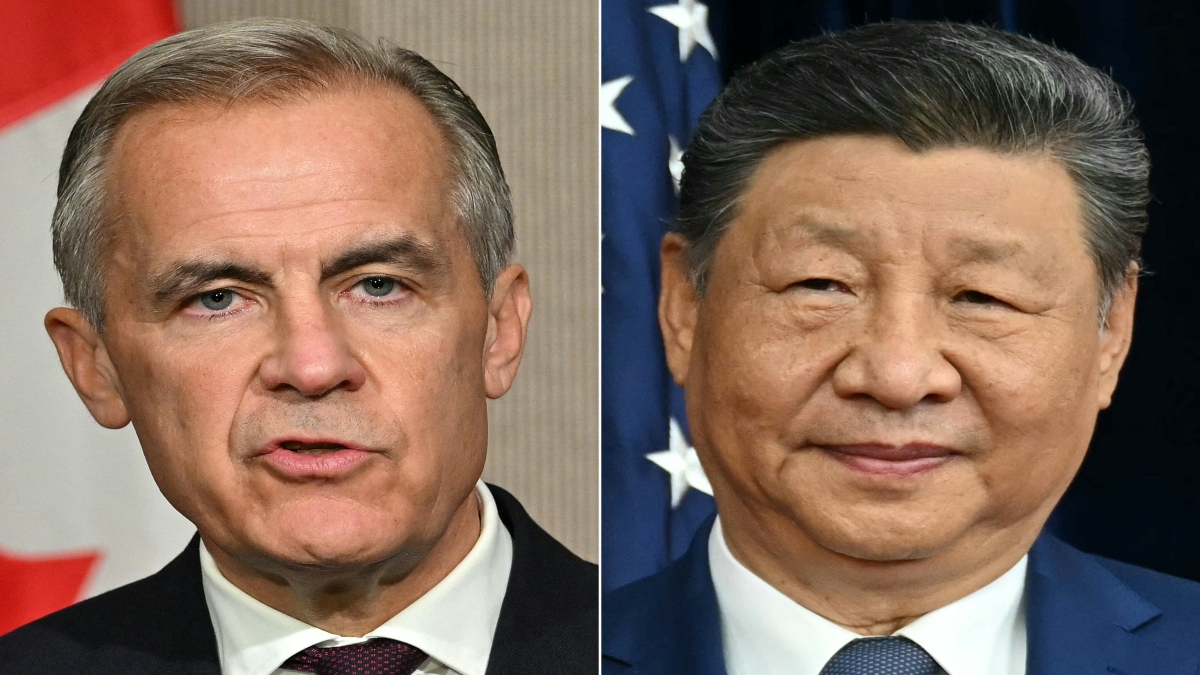)
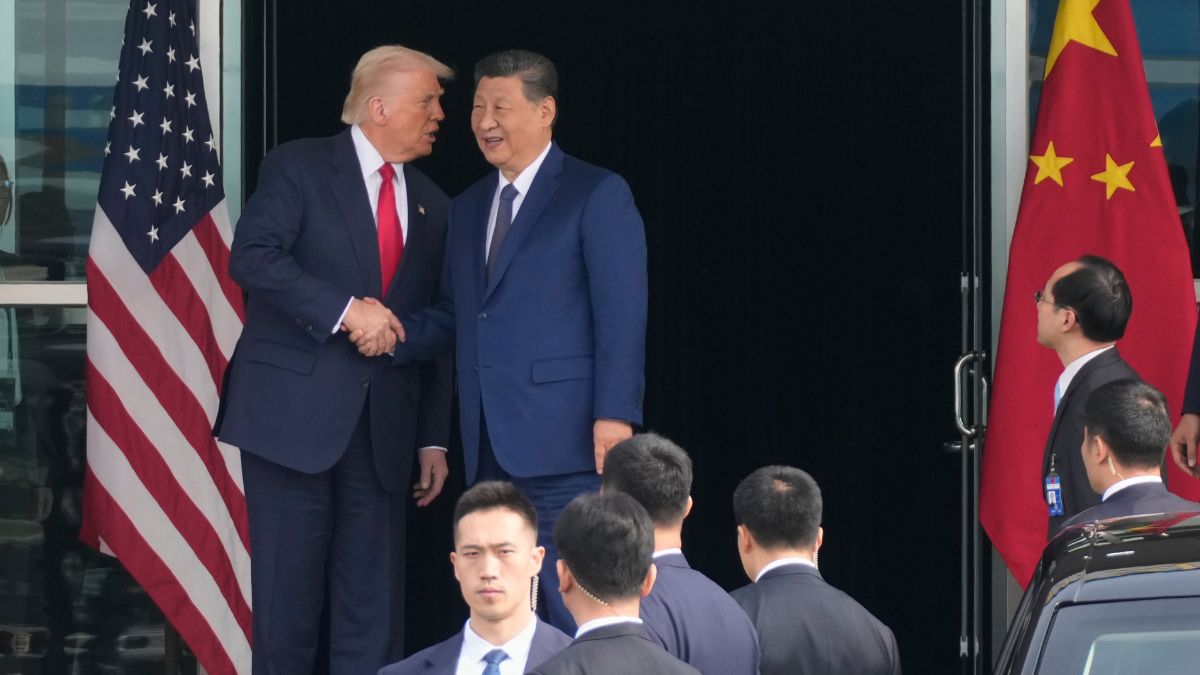)
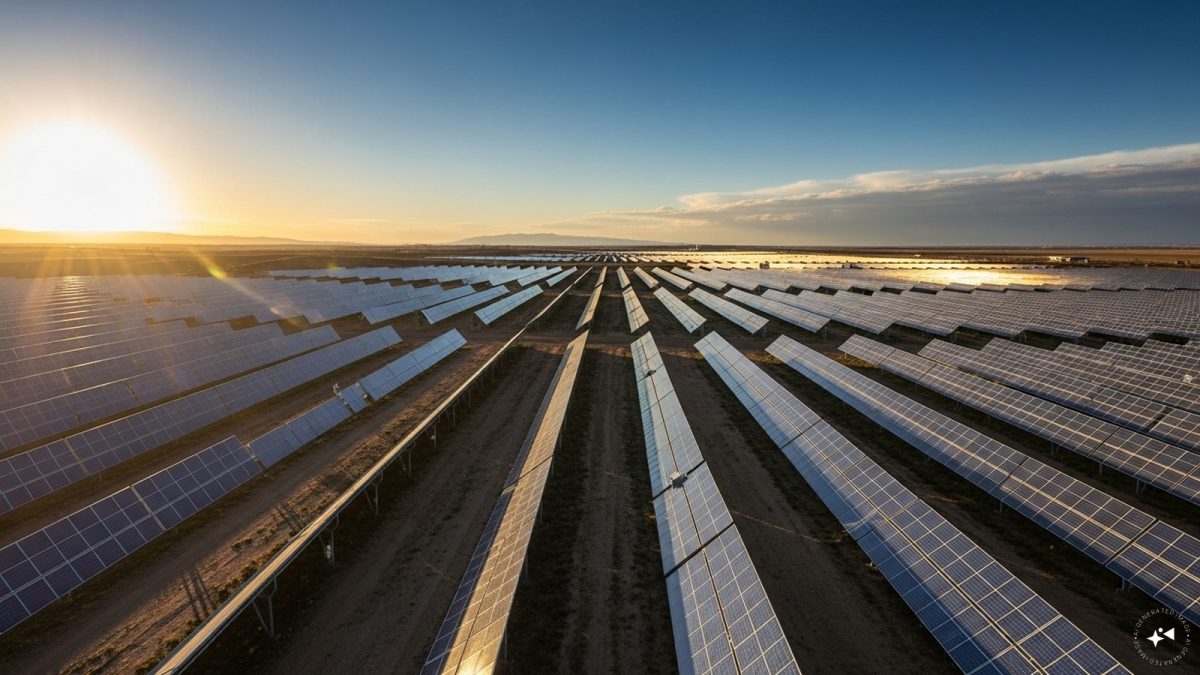)
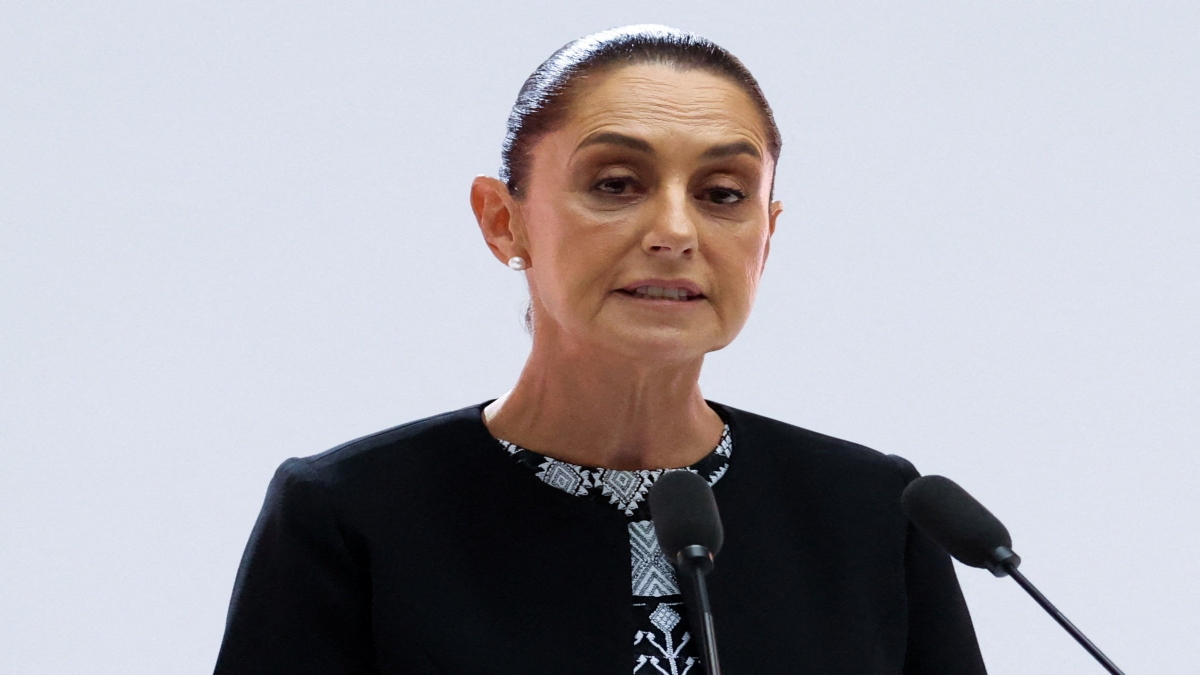)



